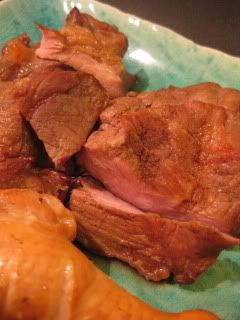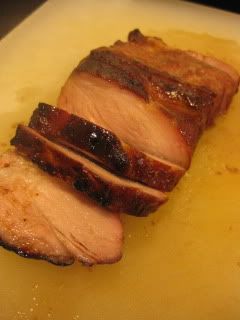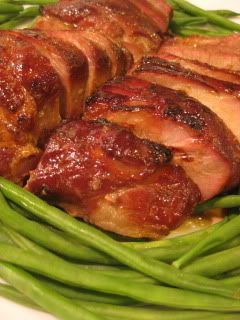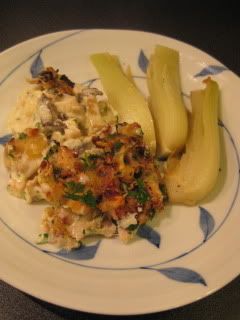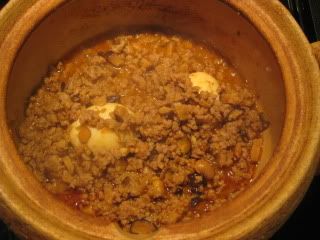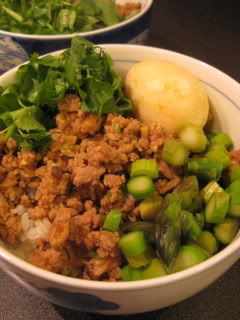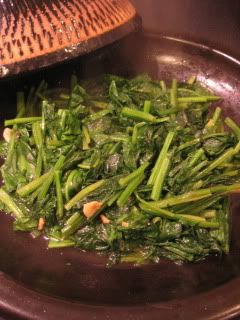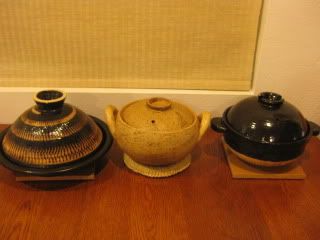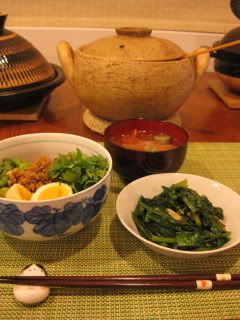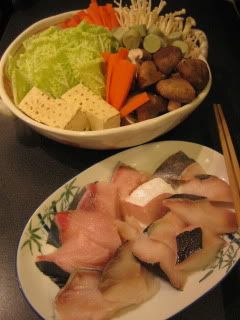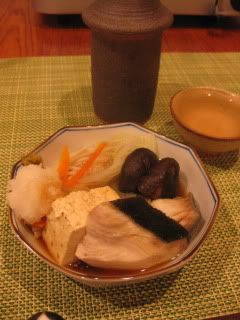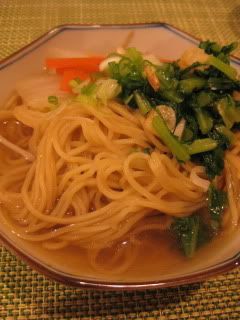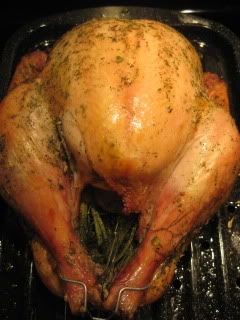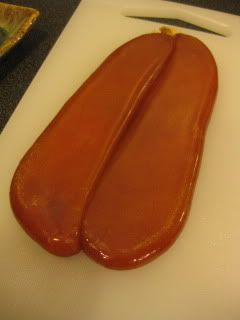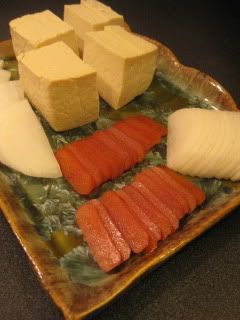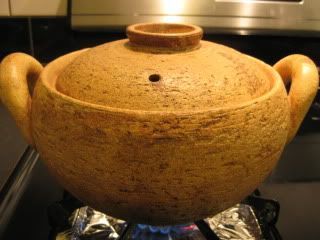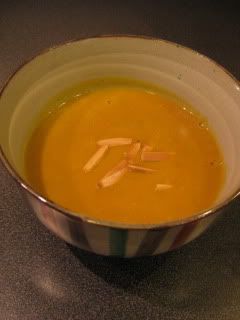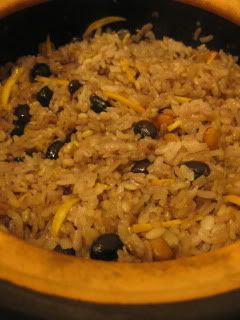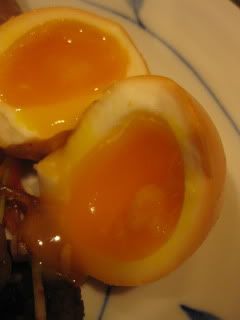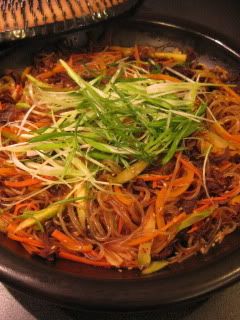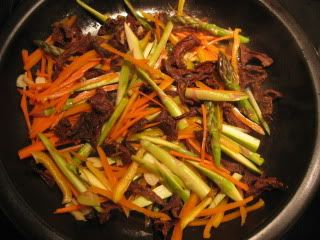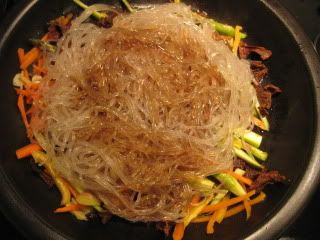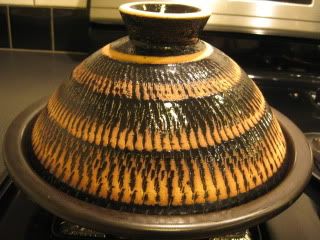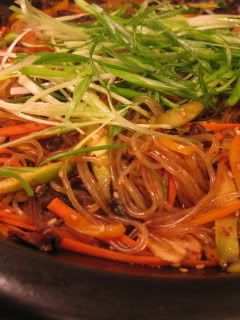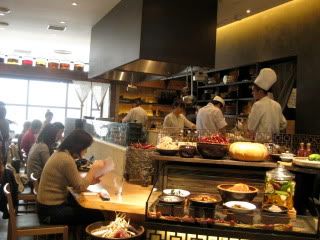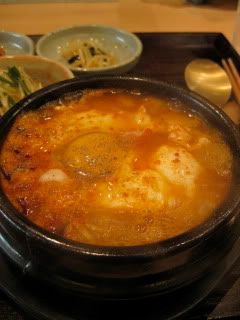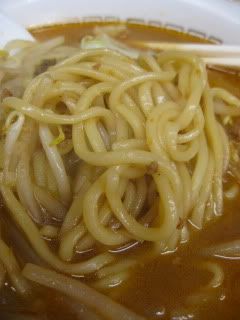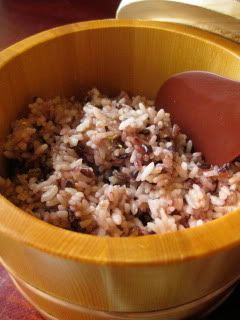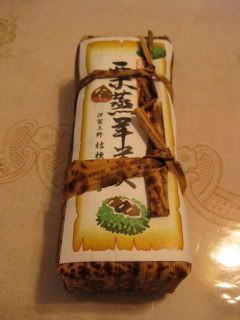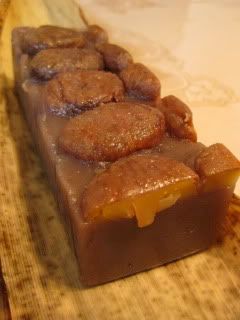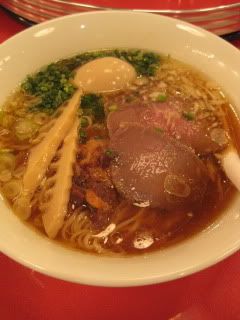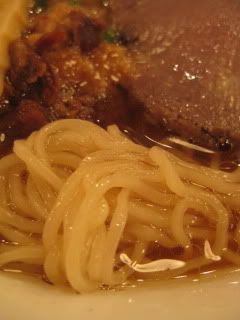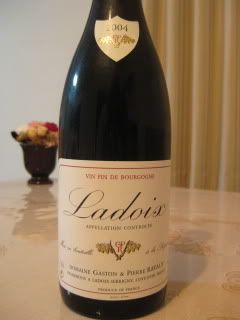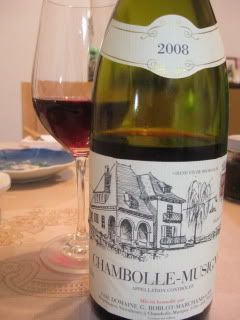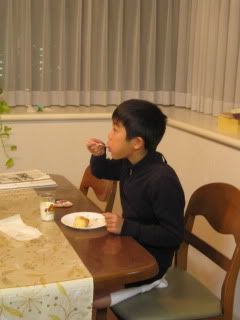
I keep having cravings for Chinese flavors since my last trip to Taipei.
I made Cha-shiu Pork this time, and cooked in two different ways.
First, 2.5 pounds of pork butt was sliced into 1" thickness and marinated in the sauce. The followings is the list of the marinade ingredients.
1/2C Okinawa "Kuro-sato" (black sugar) (you can substitute it with brown sugar)
5T soy sauce
1T white sesame paste
1T oyster sauce
1/2 tsp salt
1/2T juice from grated ginger
After just a few hours of marinating, I used some pork for smoking in the donabe smoker, "Ibushi Gin". Marinade was wiped off, then rubbed with some Chinese-five-spice. It was air-dried in the fridge for a couple of hours before added to the donabe smoker.
The pork was so smokey and juicy! It was so easy and such a success. I also smoked some regular items...chicken drummettes, boiled eggs, and Swiss cheese. Smoking is so fun.
The next day, I oven-roasted the marinated pork. I lightly wiped off the marinade from the meat, rubbed some agave syrup (for shine), and roasted in the 400F oven for about 25 minutes. I rubbed the surface again with some more agave syrup to make it even shinier right before finishing baking.
It was another super-delicious dish. The meat was so succulent and flavored so nicely.

